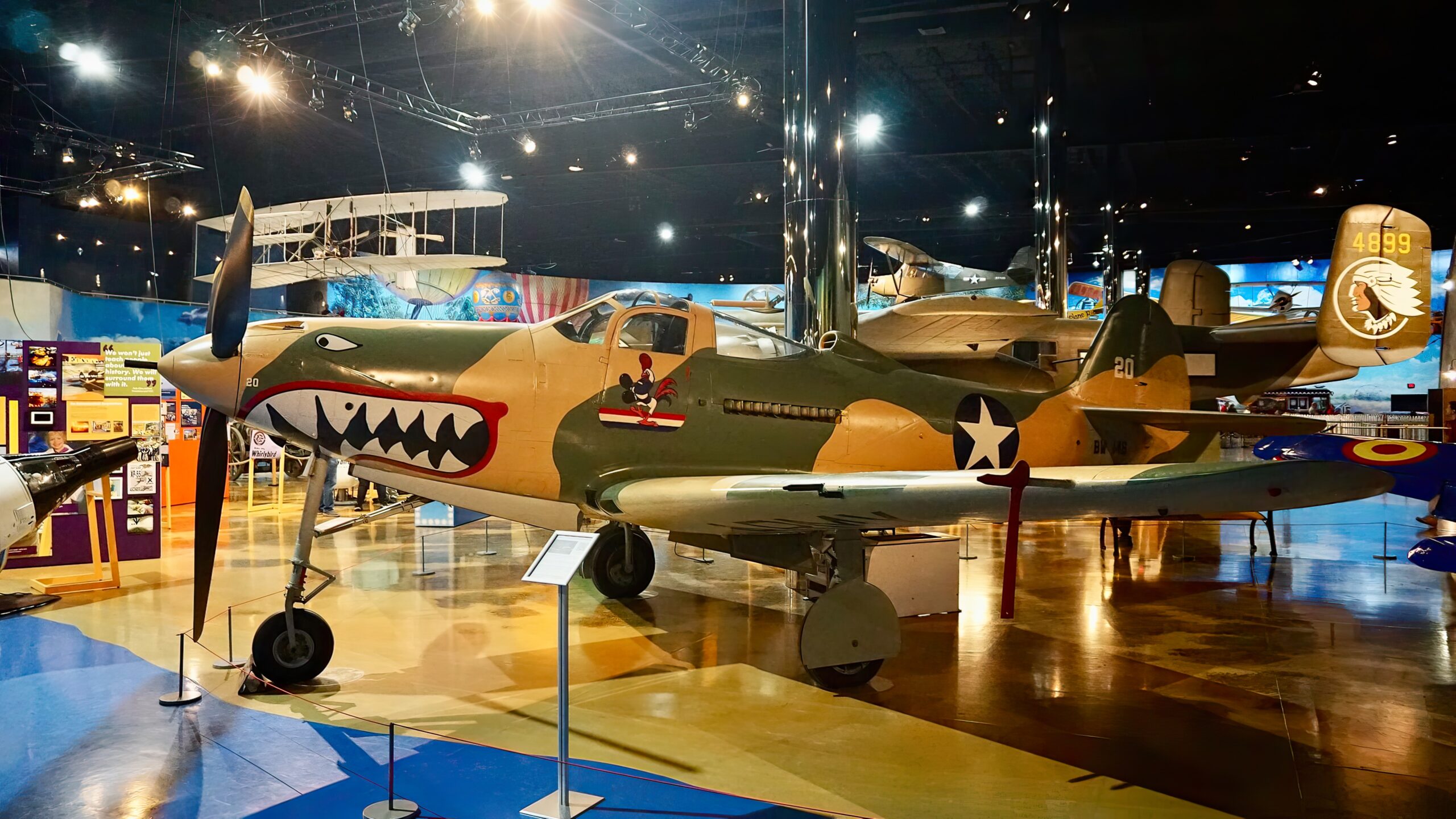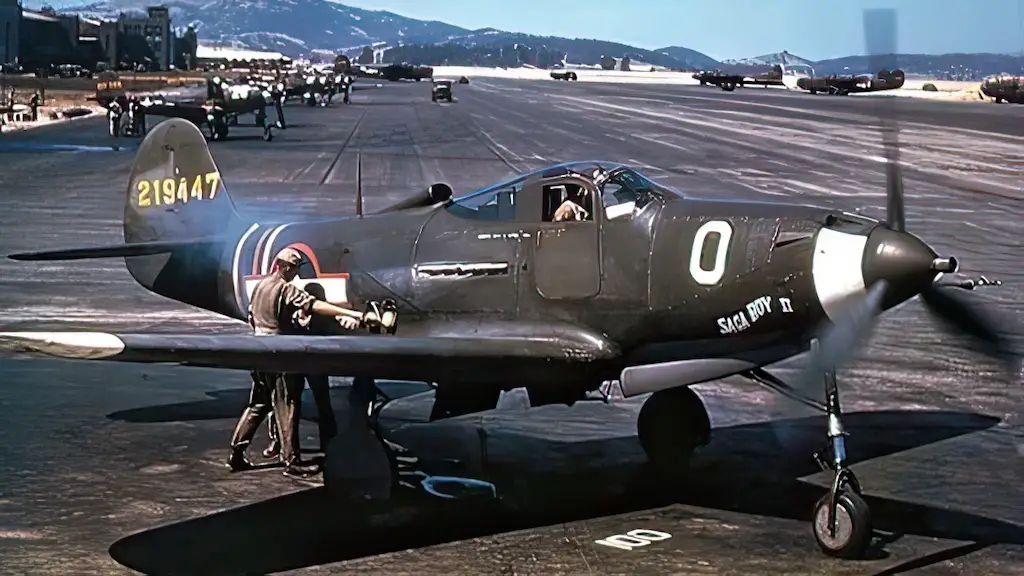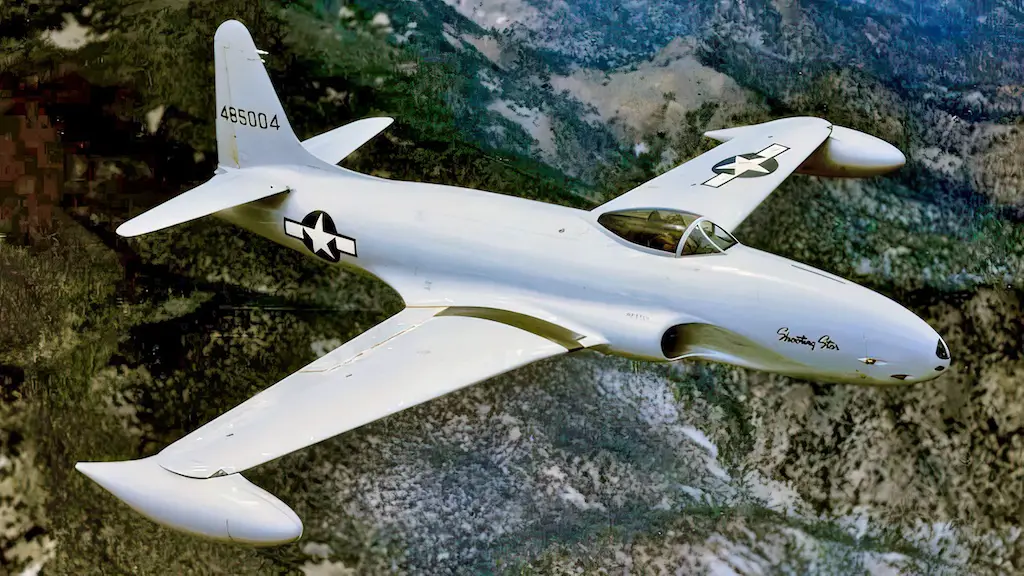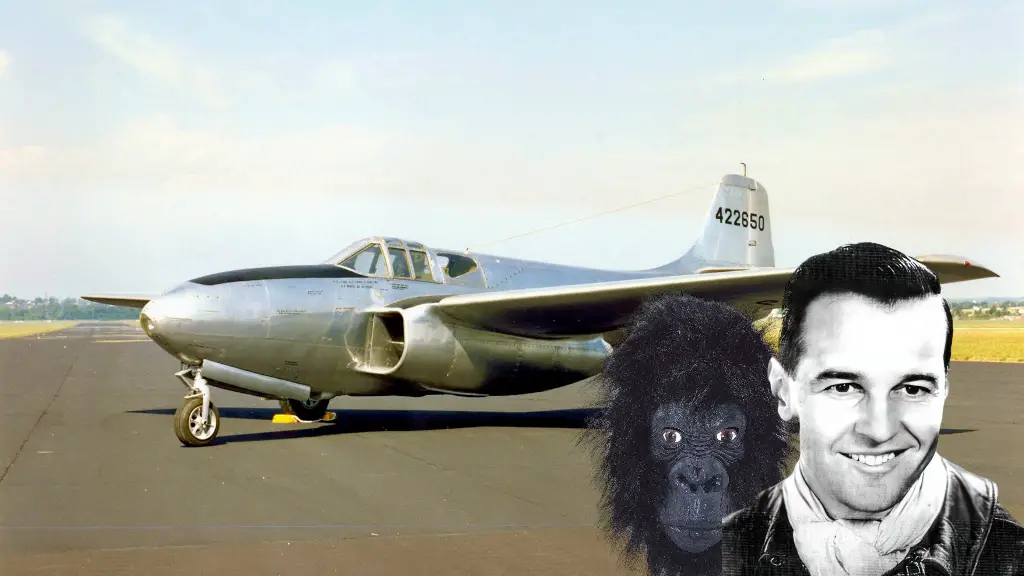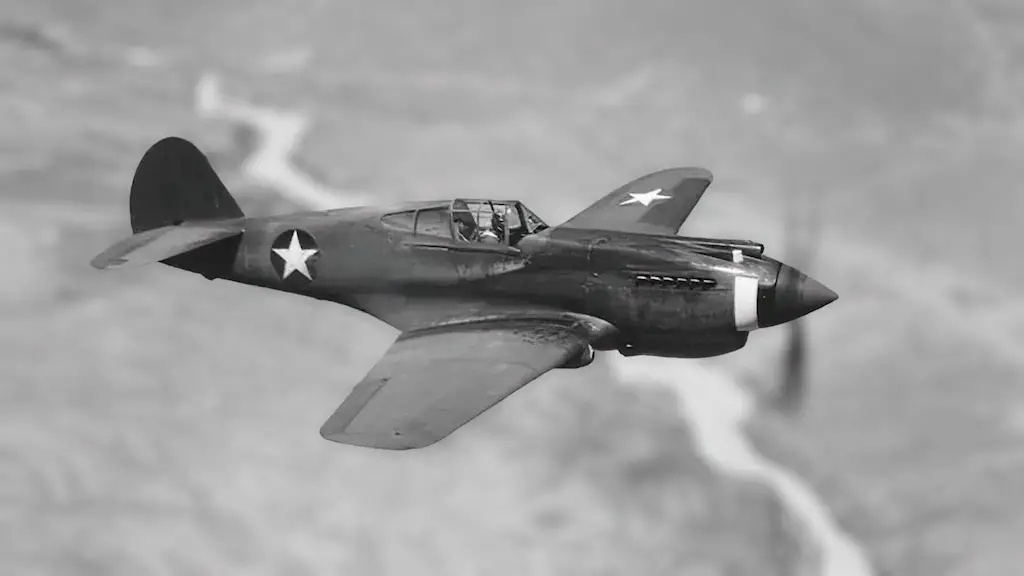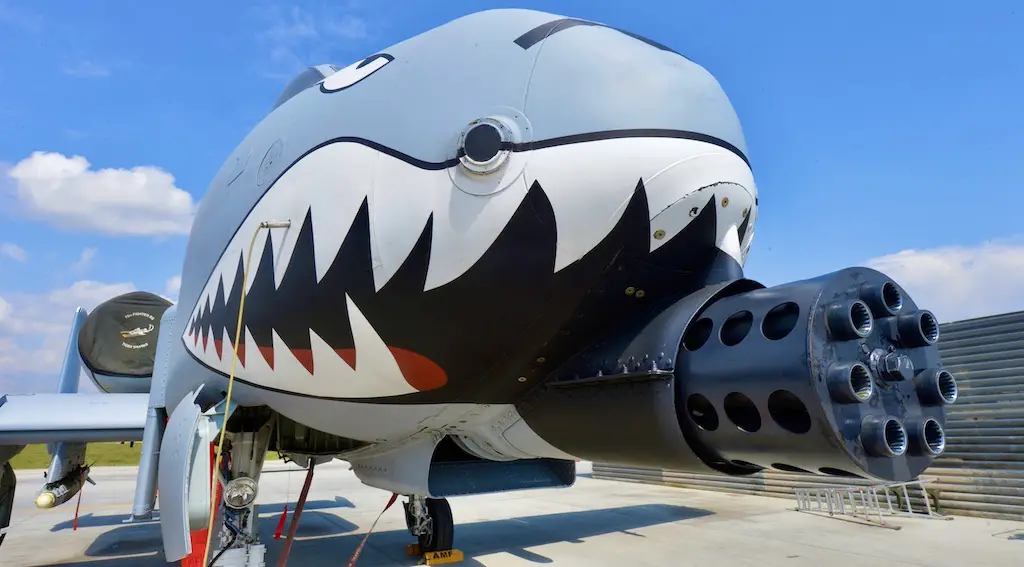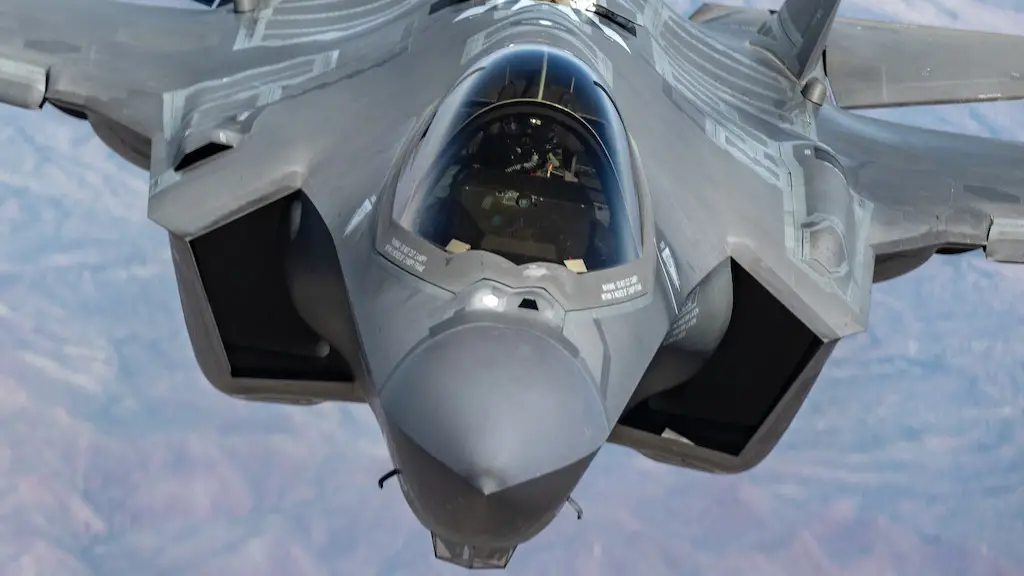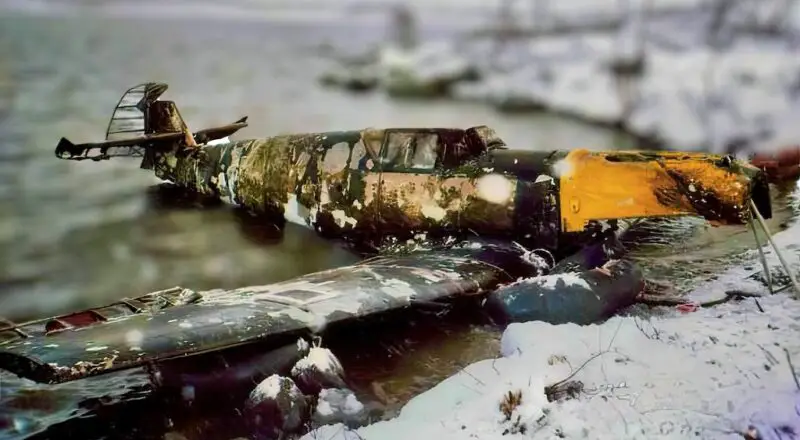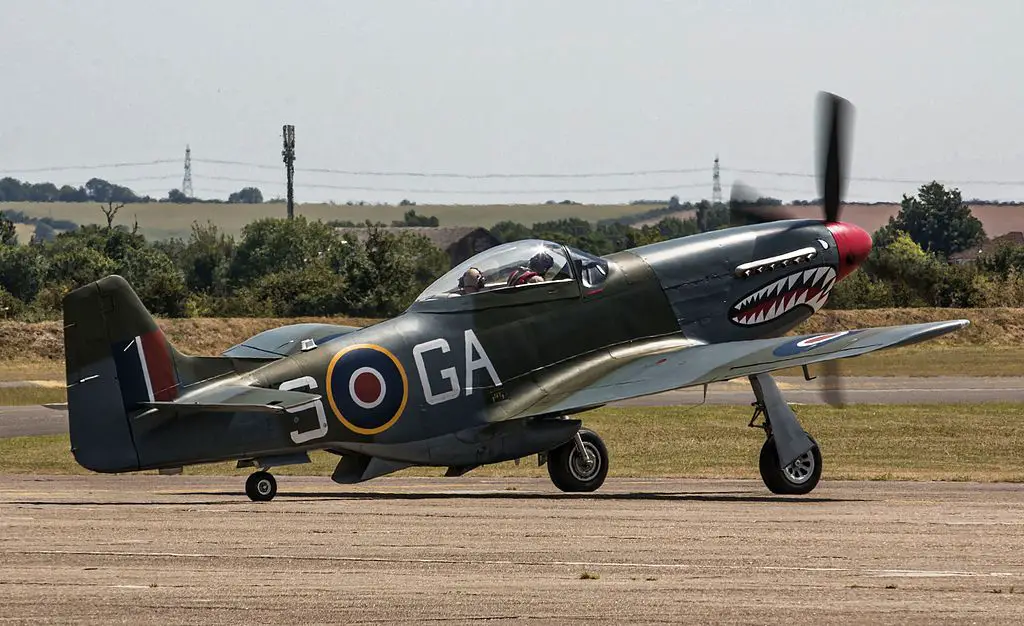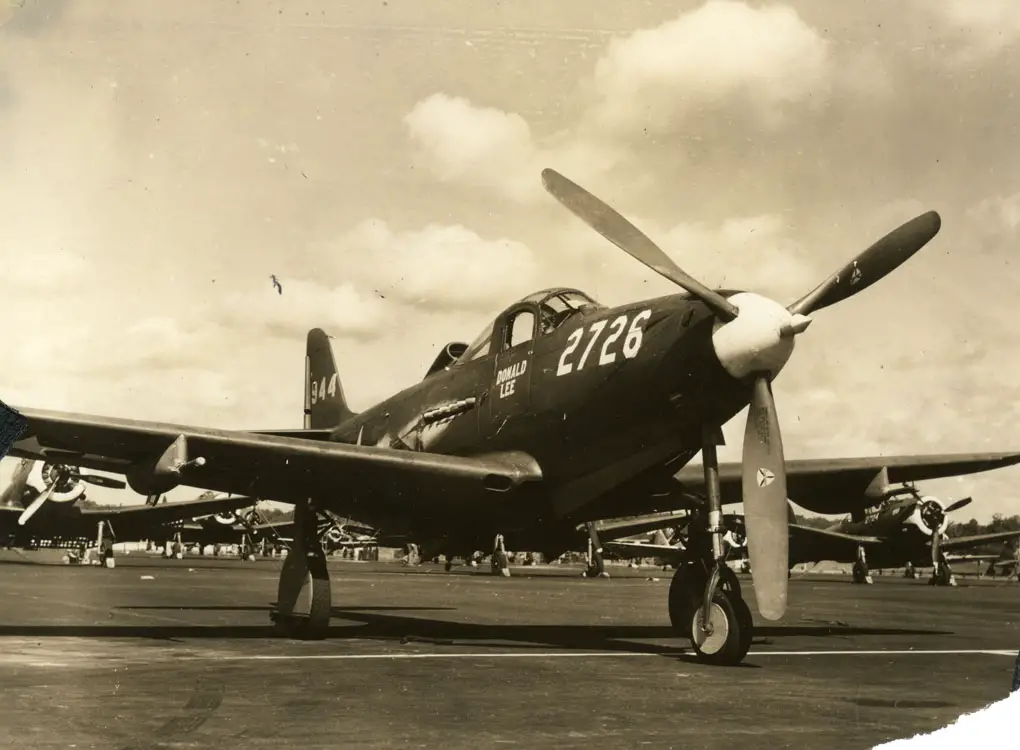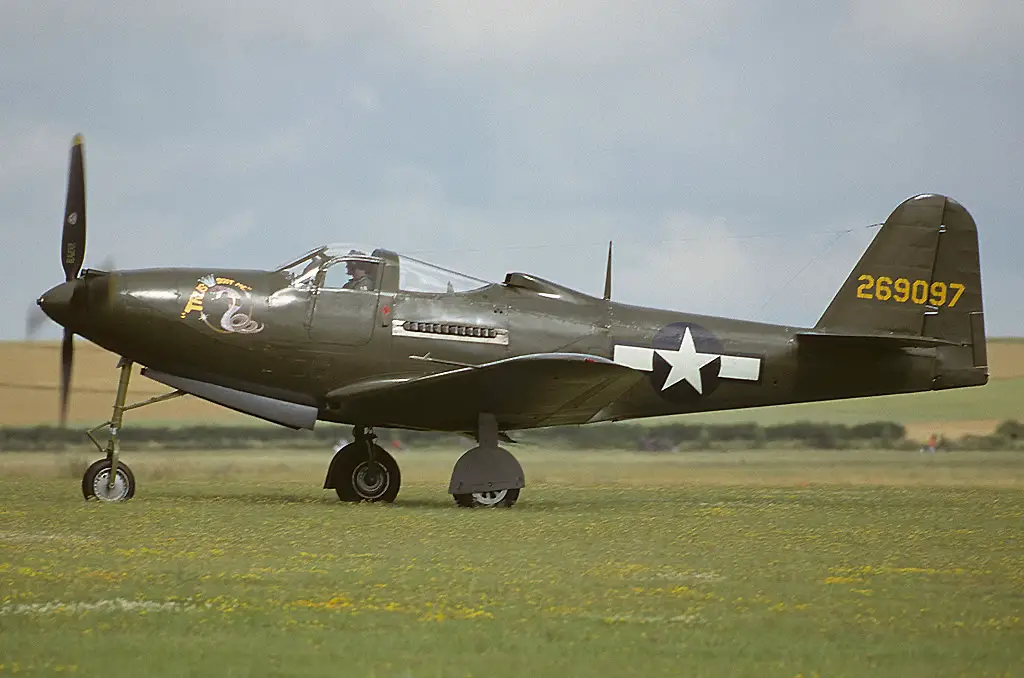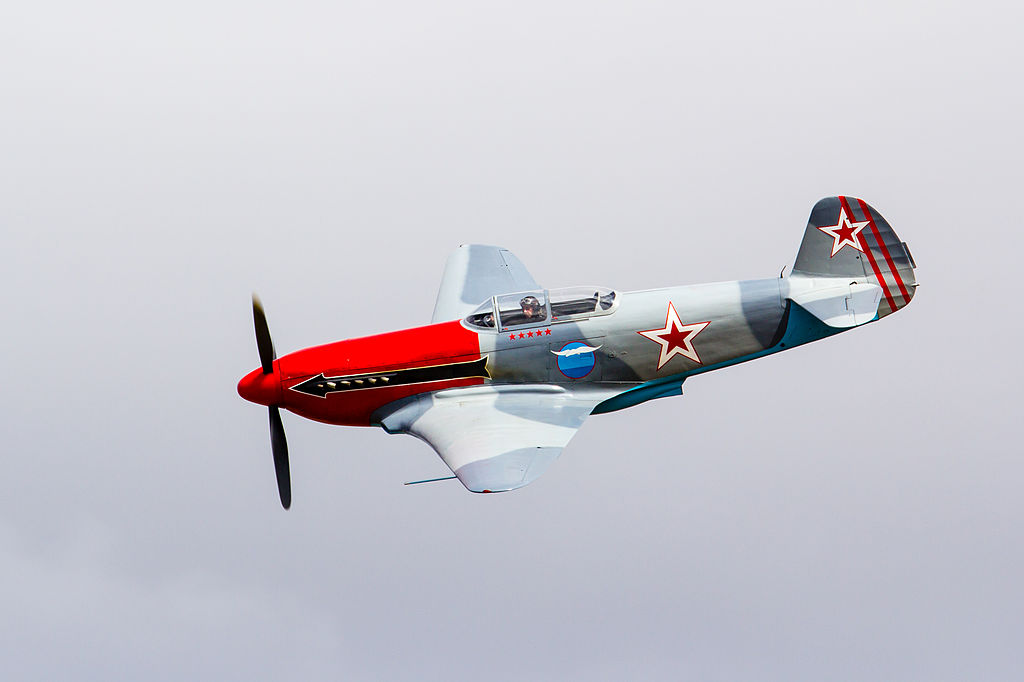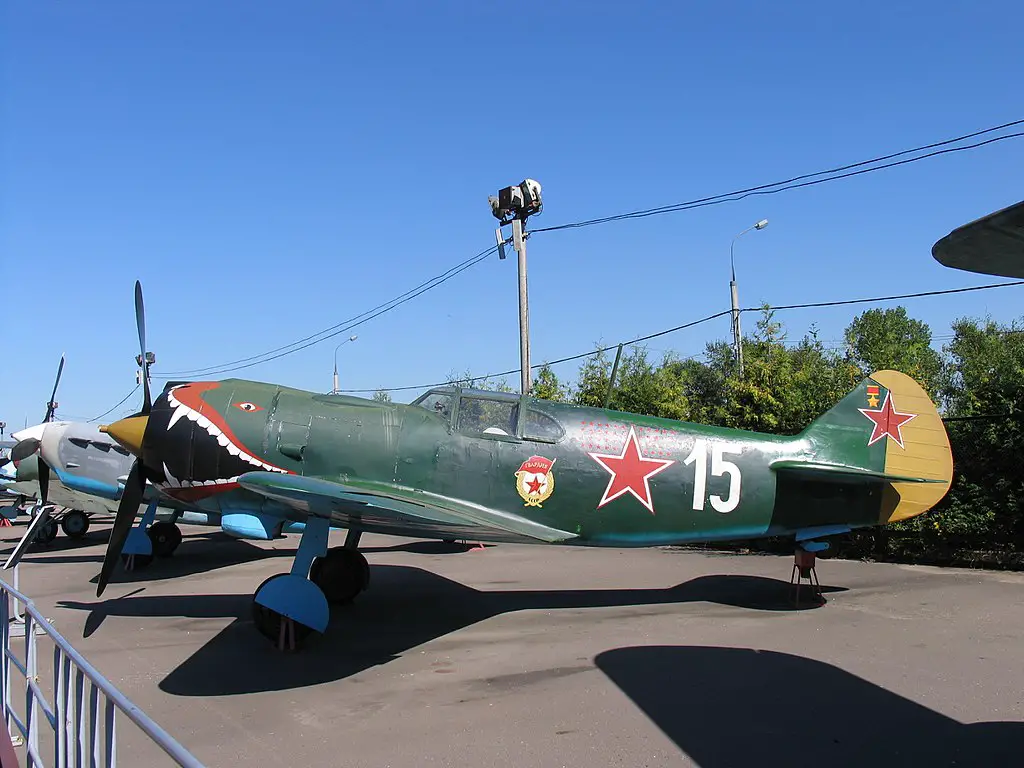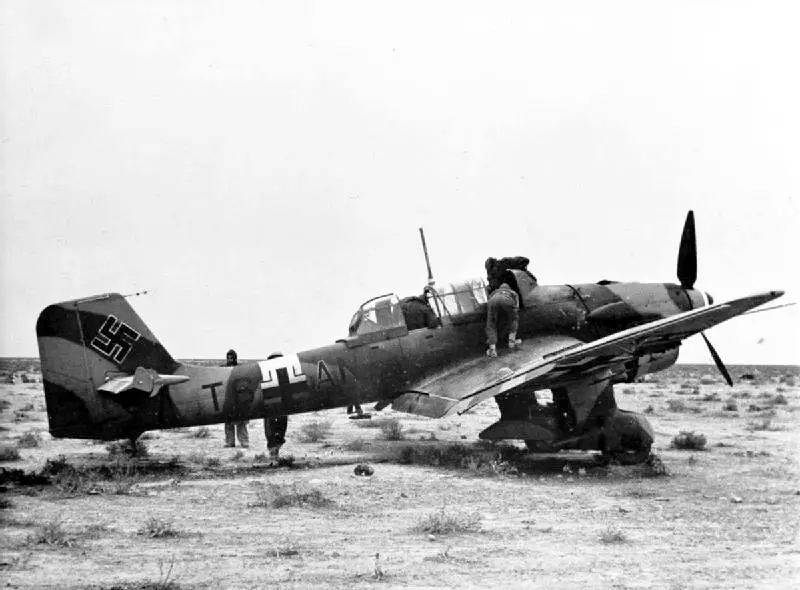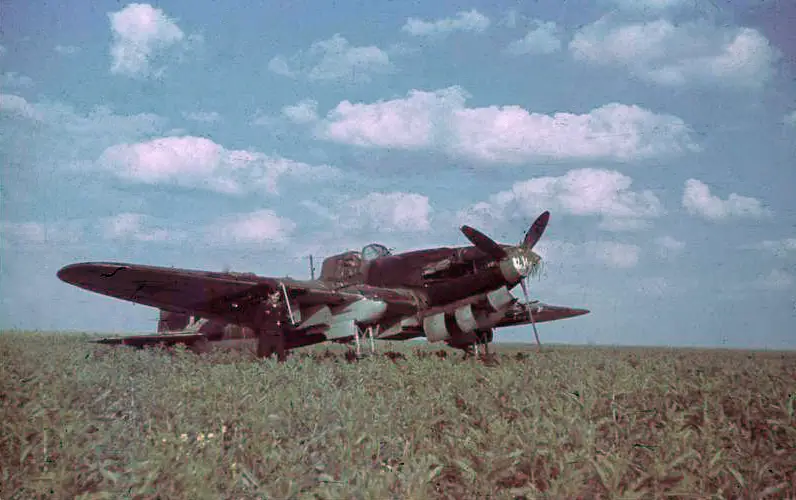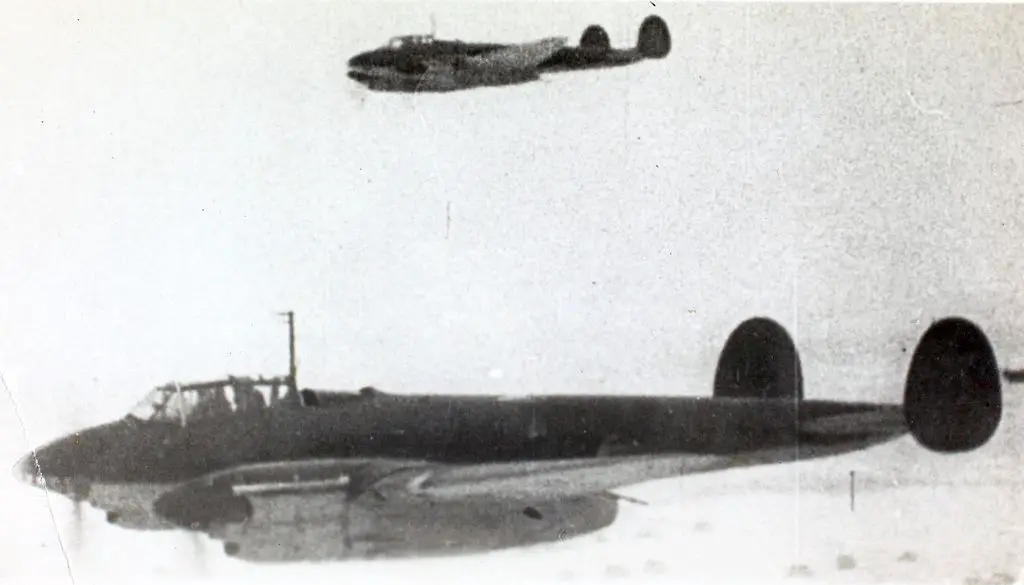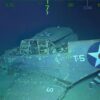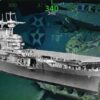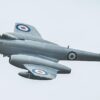Bell P-39 Airacobra is far from being regarded as the best US fighter of the Second World War, and P-63 Kingcobra never even saw combat deployment with the United States Army Air Forces (USAAF). Still, both of these planes had a glorious wartime career—on the Eastern Front. In fact, many Soviet pilots became aces flying these fine and robust airplanes. Supplied to the USSR under the Lend-Lease Act in thousands, these aircraft played a crucial role in defeating the Luftwaffe in that theater. And while this make look like a quirky twist of fate, there actually were some objective reasons for why Cobras enjoyed huge success in the East and were of little use in the West.
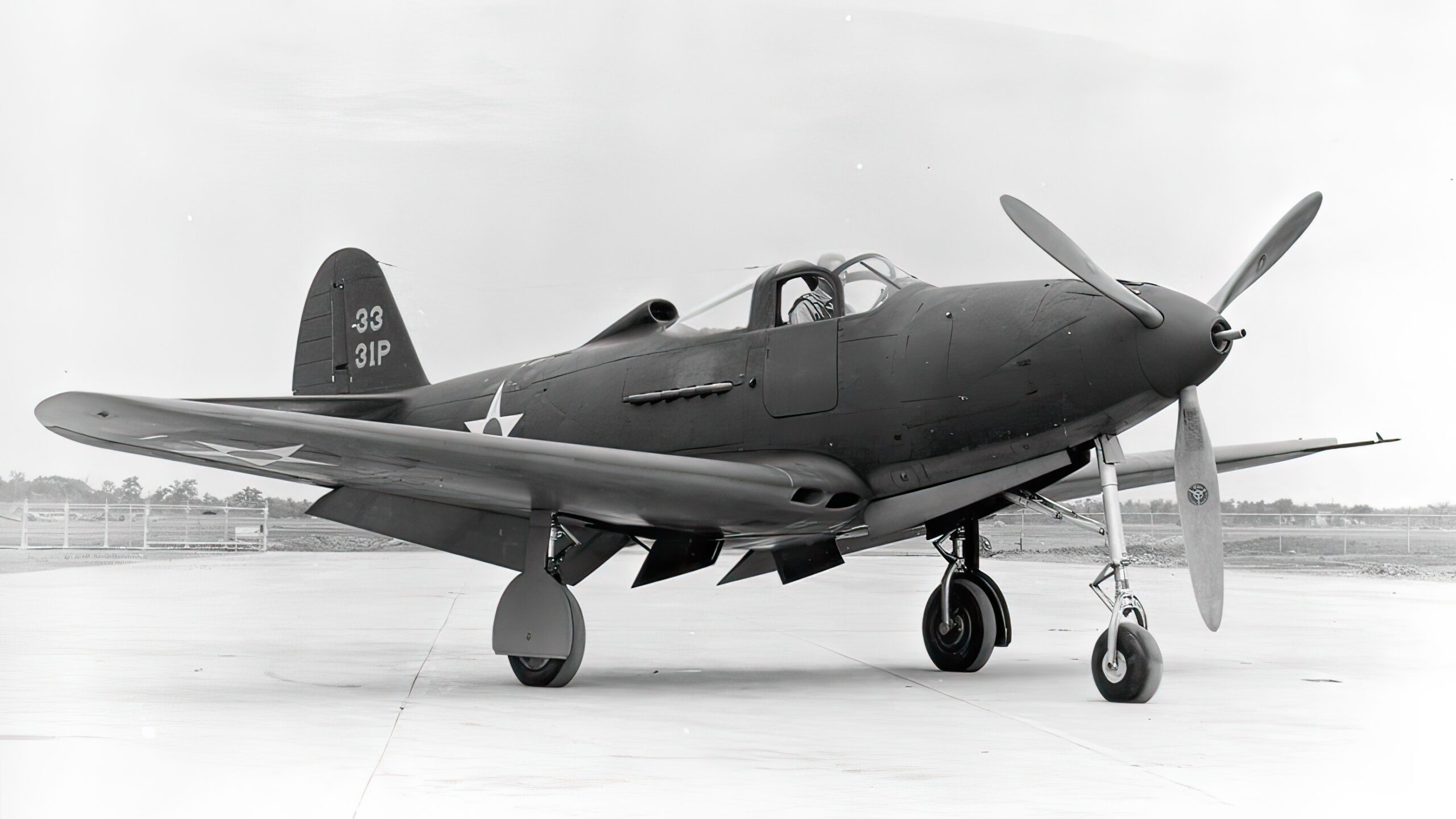
The largest Cobra operator
The Soviet Union got nearly half of about 9,500 Airacobras that went off the production line and the greater part of over 3000 P-63s produced by Bell. These aircraft were supplied to the Soviet Union via Alaska/Siberia route, via Murmansk, and via Caucasus from the Persian Gulf.
The agreement regarding the P-63 was that unlike Airacobras, the USSR would not use Kingcobras against Luftwaffe, sparing them for the time it would declare war on Japan. And although the Soviets did, indeed, fly P-63s in their campaign against Japan in the summer of 1945, there are numerous indications that Kingcobras were also used in the fight against Germany, disguised on paper as Airacobras.
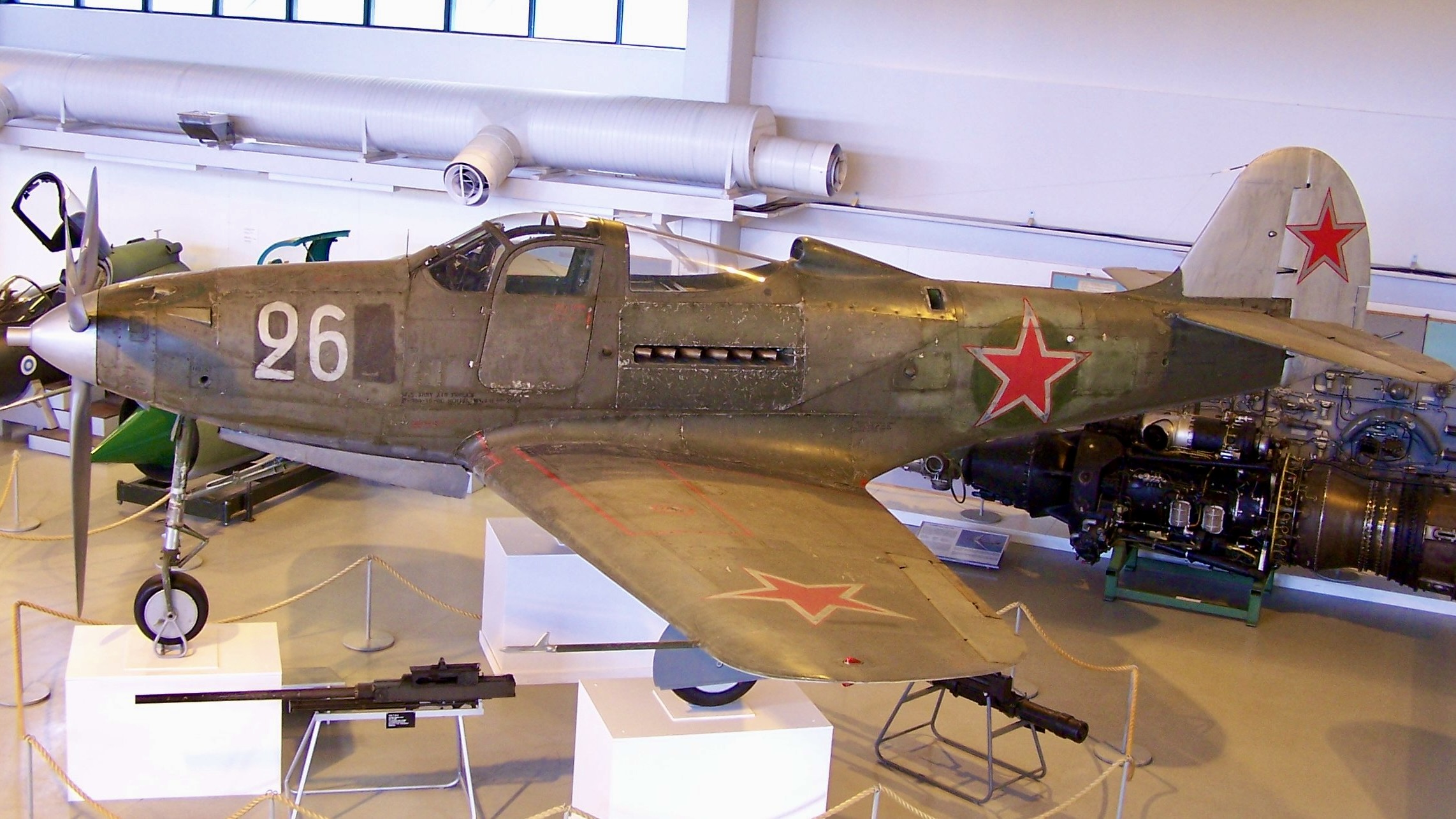
Aerial warfare over Western Europe and the Pacific
The P-39 saw its share of fighting in Western Europe and the Pacific during the early years of WWII. However, the USAAF was not particularly happy with the aircraft’s performance and the Royal Air Force declined to use the type completely.
At the apex of the war, the majority of Allied fighters deployed in Western Europe were used to escort bombers during long-range missions against strategic targets deep in German-controlled territory. Thus, most aerial battles between Allied escorts and Luftwaffe interceptors took place at high altitude, sometimes as high as 30,000 ft or more. In those conditions excelled such long-range, high-altitude fighters as the Rolls-Royce Merlin-powered North American P-51D Mustang. Airacobra, in contrast, displayed very poor performance at altitudes above 12,000 ft and had a small flight range. Hence, it was of little use in combat situations typical for the Western European theater.
Aerial warfare on the Eastern Front
In contrast to the aforementioned war theaters, on the Eastern Front aerial battles usually took place at much lower altitudes, about 15,000 ft or lower. Fighters did not have to fly very high or very far because the USSR did not have many long-range bombers and did not conduct any strategic bombing campaigns. Soviet fighters’ typical mission profiles included escorting attack aircraft and tactical bombers, such as Ilyushin Il-2 and Petlyakov Pe-2, on close air support missions and protecting ground troops from attacks of German Junkers Ju 87 Stuka dive bombers.
Consequently, most of the dog fighting took place at altitudes below 12,000 ft. Under these conditions such fighters as the US-made P-39 and P-63, as well as Soviet Lavochkin La-5FN and Yakovlev Yak-3 performed superbly. Both the P-39 and the P-63 were also employed in the ground attack role, for which both, but especially the Kingcobra, were well suited. Their weapons and armor allowed pilots to make effective strafing runs under anti-aircraft fire with high chances of survival. Some Cobras also flew reconnaissance missions.
Soviet Cobra aces
Quite a few Soviet Cobra pilots became aces, some scoring over 20 victories. The best Russian aces, such as Alexander Pokryshkin, Nikolay Gulayev, and Vladimir Lavrinenkov flew Cobras. Rechkalov shot down 48 out of 54 enemy aircraft he was credited with flying a P-39.
